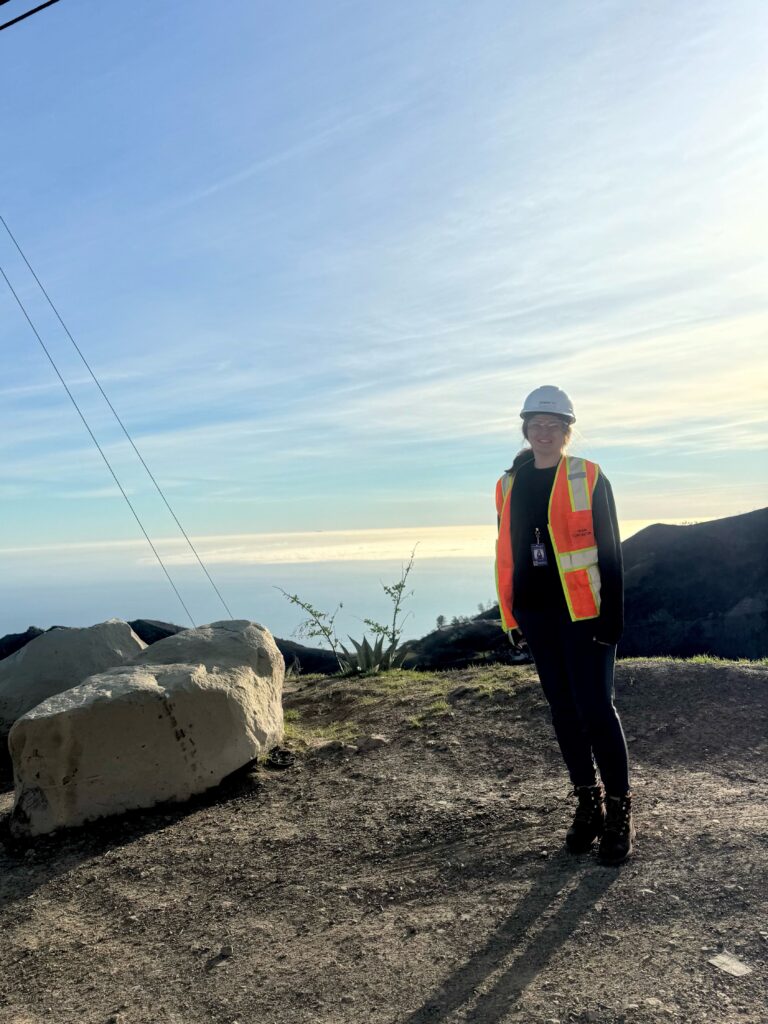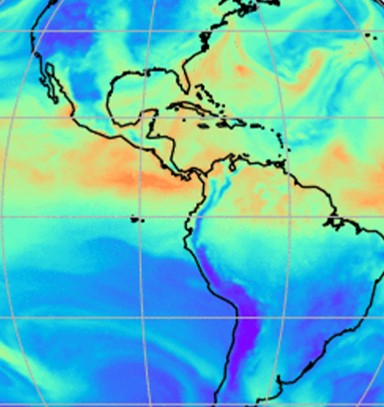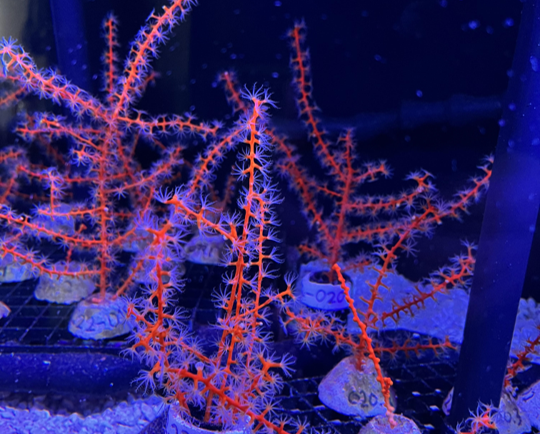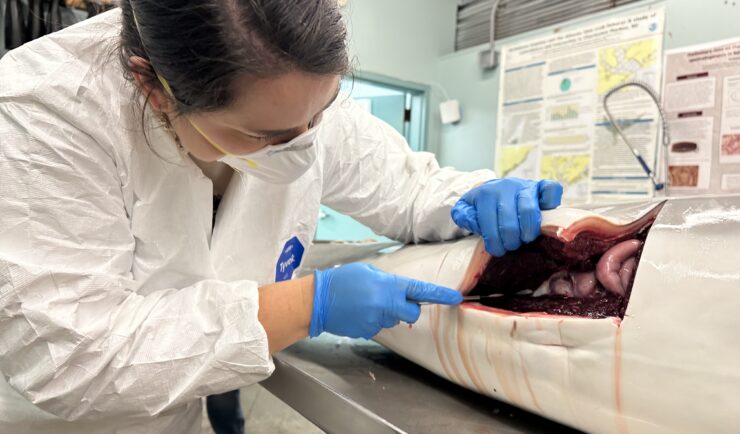- Community Spotlight, Success Stories, Uncategorized
- Emergency Preparedness & Response
Supporting Response Efforts Following California Fires

Following the fires that devastated Los Angeles, California and surrounding areas in January 2025, CSS employee owners were deployed to the area as a subcontractor to Weston Solutions, Inc. to assist with the response. This effort supports U.S. Environmental Protection Agency (EPA) Region 9 Superfund Technical Assessment & Response Team (START) program.
Initially, a CSS employee owner and a team that consisted of arborists, engineers, and electricians provided a safety recon for properties/parcels to identify immediate hazards—such as power lines, unstable buildings, and unsecure trees or limbs—to help ensure parcels were safe for entry. When necessary, the employee owner and team addressed the immediate hazard or flagged the property to address the hazards at a later date.
While on site, CSS employee owners managed various household hazardous materials (HHM) teams, documented removal, ensured safe handling and disposal of HHM, and managed equipment and supplies for responders.
Additional CSS staff have been supporting this effort remotely by procuring laboratories, validating data, preparing site quality assurance project plans, and supporting administrative duties.
While this team is highly experienced in fire response, due to the compressed timeline and number of structures involved, this task proved to be the most challenging. The unexpected challenge of mudslides inundating the areas only added to the complexity and delayed the response work.
Since the deployment, CSS has had five staff on site with two supporting from a remote location. CSS staff have been supporting this massive effort of over 300 STARTs on site and 40 working remotely, to over 9,120 Phase I clean-ups of household hazardous materials to fire impacted properties.
Visit EPA’s story board to view the full effort to date.

See More CSS Insights

Evaluating the Use of Earth Observations Digital Twin Technologies
Earth Observations Digital Twin technologies are data analytics, artificial intelligence, and advanced modeling technologies that provide an estimate of the true state of the Earth. An Earth Systems Digital Twin is observations-based and grid-flexible with multiple components and high-resolution data over space and time to capture all available observations and feed a variety of direct…

Studying Mesophotic Coral Health
Mesophotic coral can live at depths of 500 feet below the ocean surface. Even at this depth, some of the mesophotic corals in the Gulf of Mexico were affected by the Deepwater Horizon oil spill in 2010. Our coral scientists supporting NOAA’s National Centers for Coastal Ocean Science are studying the extent of this impact.…

Assisting South Carolina Marine Mammal Stranding Network
CSS employee owner and Marine Mammal Microplastic Specialist supporting NOAA’s National Centers for Coastal Ocean Science assists the South Carolina Marine Mammal Stranding Network in responding to dead marine mammals when they strand on beaches or estuaries throughout South Carolina. This is work is critical for human and environmental health because it provides invaluable samples…
